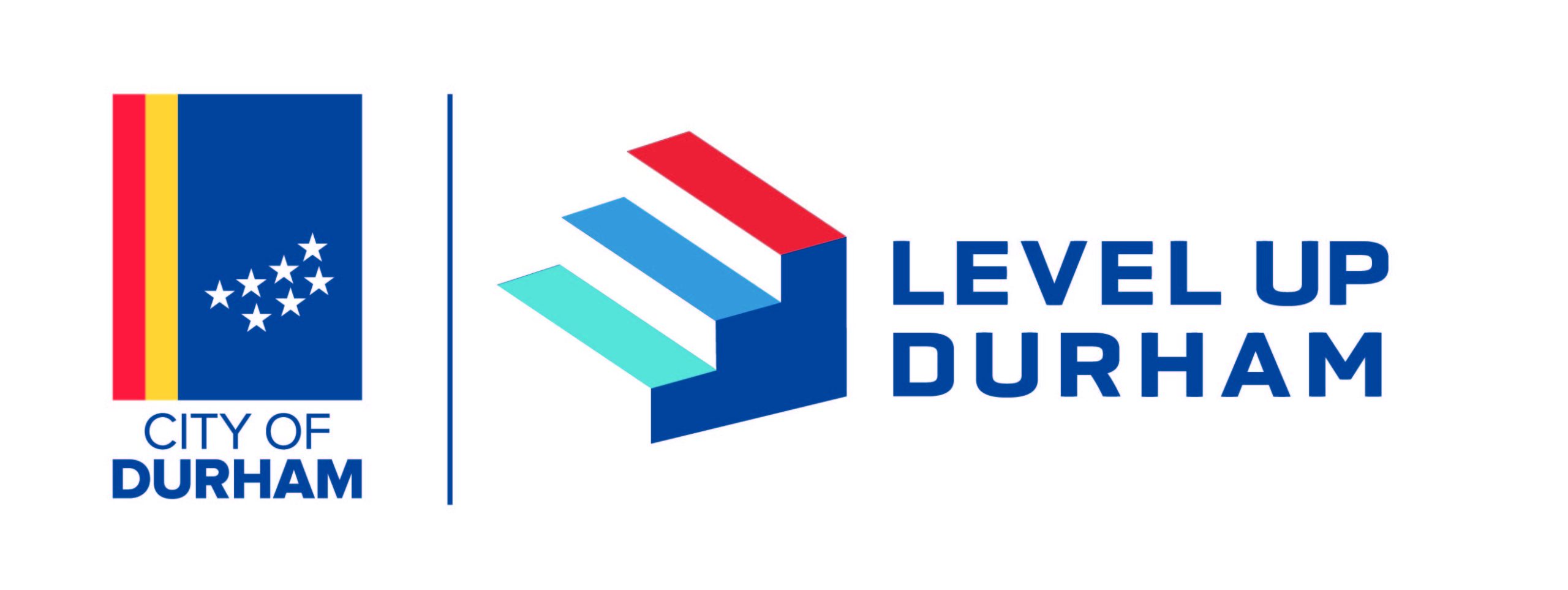![]()
Prosperity
![]()
![]()
![]()
![]()
Status Indicator: ![]() In Progress |
In Progress | ![]() On Hold |
On Hold | ![]() Complete/Ongoing
Complete/Ongoing
Initiative: 5.11 Implement energy efficiency measures in city facilities and operations (CNRE)
Thriving & Vibrant Environment
Description
Reducing energy usage in City facilities is a key pillar of the City’s Carbon Neutrality and Renewable Energy Action Plan. This plan commits the City to achieving 50% carbon neutrality by 2030 and 100% by 2040. The City is engaged in a number of activities to promote energy efficiency, including retrofitting lighting in City buildings to LEDs, upgrading controls, equipment, and operations at City facilities, and expanding building energy management systems.
Key Measures & Data Analysis
The energy consumption of City buildings continues to go down due to lighting retrofits, building controls tuning, and equipment retrofits. Though the current Building EUI achieves our 2030 goal, there is still quite a bit of work to do in order to achieve the City's 2040 goal EUI of 58 kBtu/sq ft. Further, the City will need to invest in resources to monitor the buildings' energy usage and building functions on a daily basis in order to maintain the energy reductions and comfort improvements achieved in the past few years.
City Buildings' Energy Usage
Why is it important?
Energy efficiency measures in city facilities and operations generates cost savings by reducing the City's overall energy use and utility bills. The City can then use those funds for other essential services. Energy efficiency measures will also allow the City to reduce its carbon footprint.
What have we been doing?
To support this initiative, we have been
- conducting energy audits
- submitting budget and CIP requests to implement projects identified by the energy audits
- developing and rolling out our High Performance Building Policy
- working on approved CIP projects to upgrade lighting and the HVAC systems at City Hall and City Hall Annex
- monitoring and tuning our buildings operation to reduce energy and improve comfort
- upgrading our Duke Energy-provided outdoor lighting to LED
- monitoring our energy consumption using the utility data management system rolled out in early FY24
What's next?
Budget and CIP requests will be submitted for projects to assist with achieving our 2040 goal of a 30% energy reduction in City buildings vs 2018. General Services is requesting $10 million over 4 years to fund projects identified by the Energy Audits conducted in FY23-24. These projects are expected to reduce our energy consumption by 20%, getting us over halfway towards our goal.
Work will continue on current initiatives, as outlined above.
City Website Home Page: Durham, NC | Official Website (durhamnc.gov)
Budget Website Page: Budget & Management Services Department | Durham, NC (durhamnc.gov)
Budget and Management Services Department
Office of Performance and Innovation
Strategy and Performance Division
